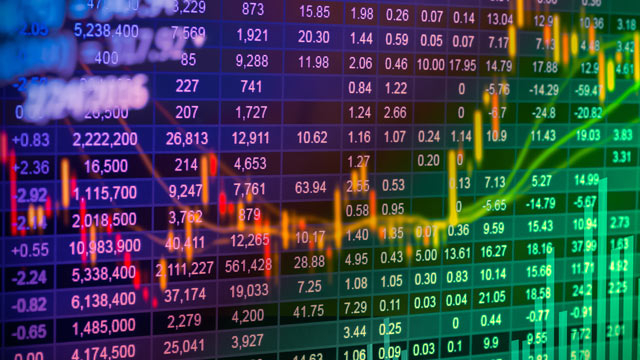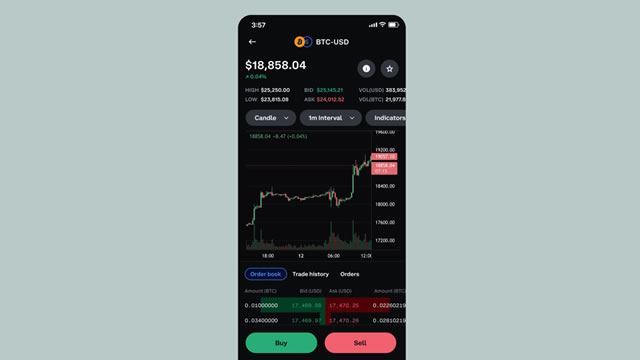The Unpredictable Behavior of the S&P 500: Record Highs and Worst Day of the Year in a Single Week
The S&P 500 index, a widely followed benchmark for the U.S. stock market, has shown an unusual mix of performance in the past few days, setting new record highs and experiencing its worst day of the year all in the same week. As of now, the index stands at a level 2.13% below its record close from February 19th, 2025, but is still up 2.46% year to date.
Impact on Individual Investors
For individual investors, the recent volatility in the S&P 500 can bring about a mixture of emotions, from anxiety to excitement. Those who have a long-term investment strategy might view this as a normal part of the market cycle and remain calm. However, short-term investors or those who are risk-averse may feel uneasy about the index’s unpredictable behavior. It is essential to remember that short-term market fluctuations are common and typically do not indicate the overall health of the market or the economy.
Impact on the Global Economy
The S&P 500’s recent performance can have far-reaching implications for the global economy. U.S. stocks are closely watched by investors around the world, and their movements can influence the sentiment and behavior of other markets. For instance, a significant decline in the S&P 500 could lead to a sell-off in other stock markets, potentially causing a domino effect. Additionally, the index’s performance can impact investor confidence and, consequently, consumer spending, business investment, and economic growth.
Understanding Market Volatility
It is crucial to understand that market volatility is a natural part of investing. The S&P 500’s record-setting days and sudden declines are not unique to this index; they are common occurrences in the stock market. In fact, historical data shows that the index experiences an average annual volatility of around 14%. This means that the index can experience swings of up to 14% in either direction over the course of a year.
What Caused the Recent Volatility?
The recent volatility in the S&P 500 can be attributed to a combination of factors. One of the primary reasons is the ongoing tensions between Russia and Ukraine, which have led to increased uncertainty in the global economy. Additionally, concerns over inflation, rising interest rates, and the potential for a Fed rate hike have also contributed to the market’s unpredictable behavior.
Moving Forward
As individual investors and observers of the stock market, it is essential to remain informed and stay calm during periods of volatility. While it can be tempting to make hasty decisions based on short-term market movements, it is crucial to remember that the long-term trend of the market tends to be upwards. Furthermore, it is essential to maintain a well-diversified portfolio and avoid making emotional investment decisions based on fear or greed.
- Record highs and worst day of the year in a single week for the S&P 500
- Index now 2.13% below its record close from February 19th, 2025
- Up 2.46% year to date
- Impact on individual investors: anxiety, excitement, long-term strategy
- Impact on the global economy: potential sell-off, investor confidence, economic growth
- Understanding market volatility: natural part of investing
- Factors contributing to recent volatility: geopolitical tensions, inflation, interest rates, Fed rate hike
- Moving forward: stay informed, remain calm, maintain a well-diversified portfolio
In conclusion, the S&P 500’s recent performance, with record highs and the worst day of the year in the same week, highlights the inherent volatility of the stock market. While this can be unsettling for some investors, it is essential to remember that short-term market fluctuations are normal and should not be cause for alarm. Instead, investors should focus on their long-term investment strategy, maintain a well-diversified portfolio, and stay informed about the economic and geopolitical factors that can impact the market.





